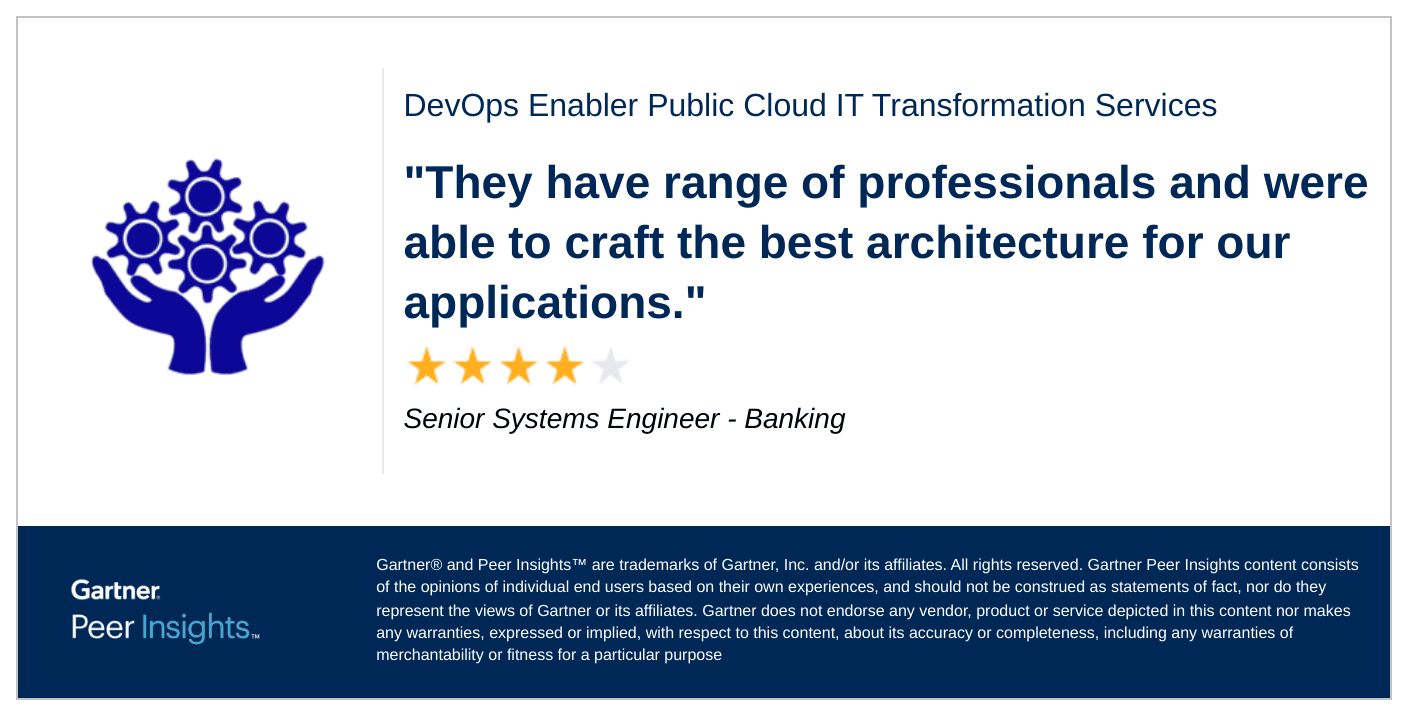Scalability, Flexibility & Cost Efficiency
Scalability, Flexibility & Cost Efficiency
Configuring and deploying the necessary components and resources to establish a functional and reliable cloud infrastructure. It involves setting up the foundational elements required for cloud computing, including servers, storage systems, networking, and virtualization technologies.
Cloud Infrastructure setup involves the configuration and deployment of essential components to establish a robust and efficient cloud computing environment. It begins with careful planning and design, considering factors such as scalability, security, and compliance requirements.
The setup process includes provisioning hardware, configuring networking components, deploying virtualization technologies, and setting up storage systems. Implementing a cloud management platform and ensuring proper security measures and compliance controls are in place are vital steps.












